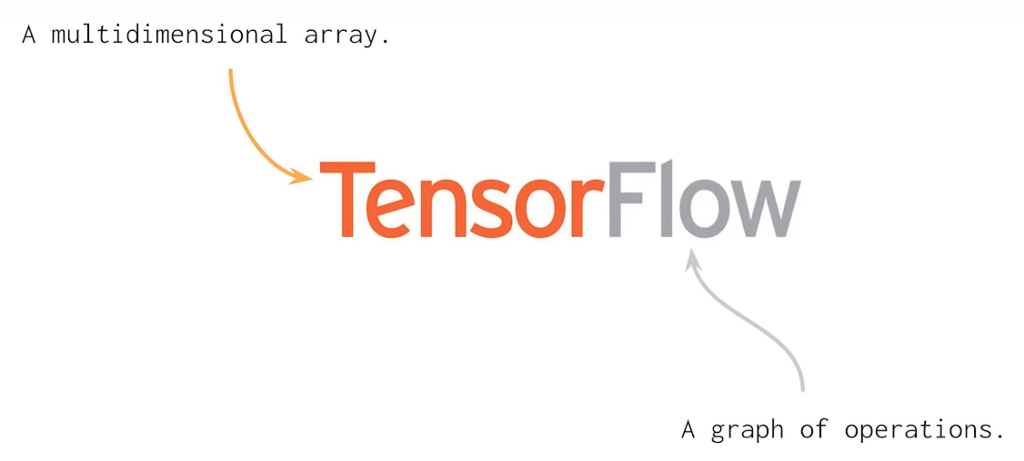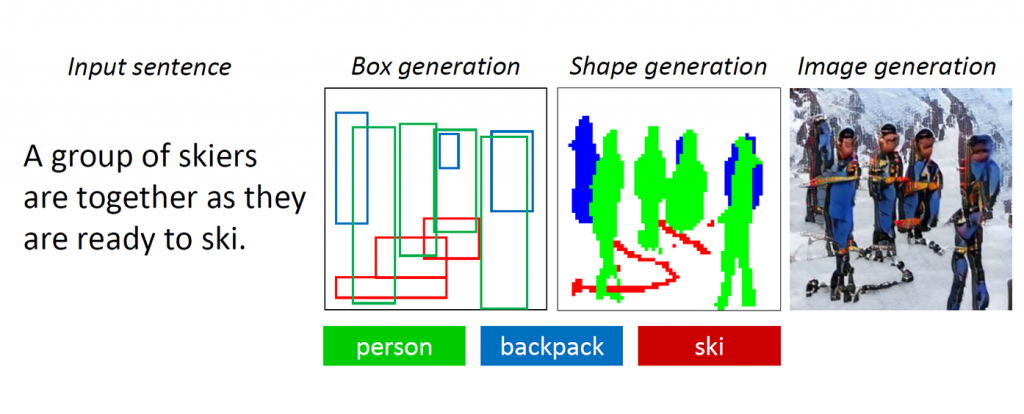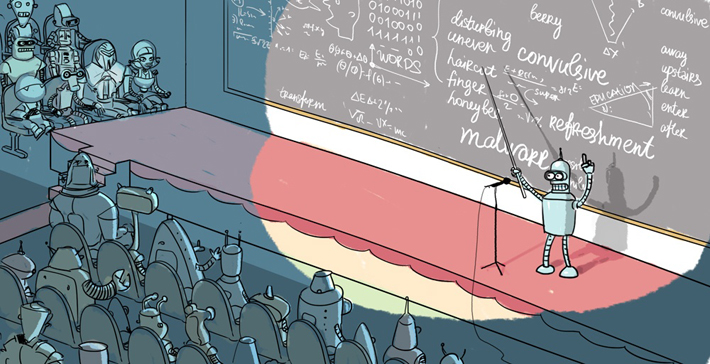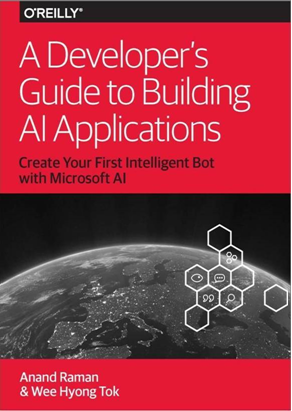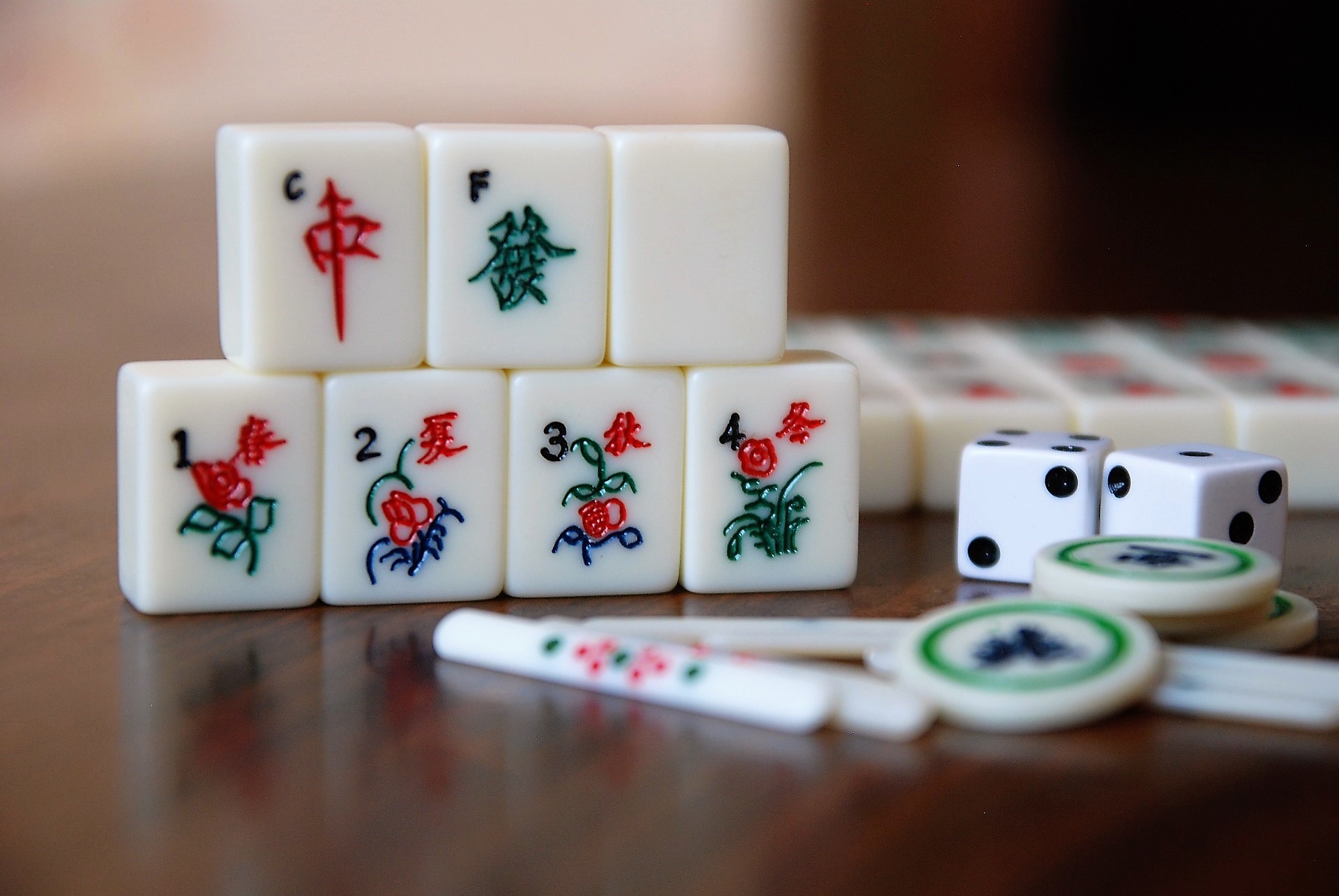
Microsoft researchers have developed an artificial intelligence (AI) system that has taught itself the intricacies of Mahjong and can now match the skills of some of the world’s top players.
The complex board game of chance, bluff, and strategy was invented in China thousands of years ago and remains a passionate pastime for millions of Asians today, with many dedicated competitors playing online.
Computers have learned to play Chess and another ancient Chinese game, Go, amid much fanfare in the past. But scientists at Microsoft Research (MSR) Asia see their achievement as far more than just a case of technology mastering yet another game.
The researchers – who named their system Super Phoenix, or Suphx for short – developed a series of AI algorithmic breakthroughs to navigate the uncertain nature of Mahjong. With more work, these could potentially be applied in real situations to solve problems thrown up by unknown factors and random events.



